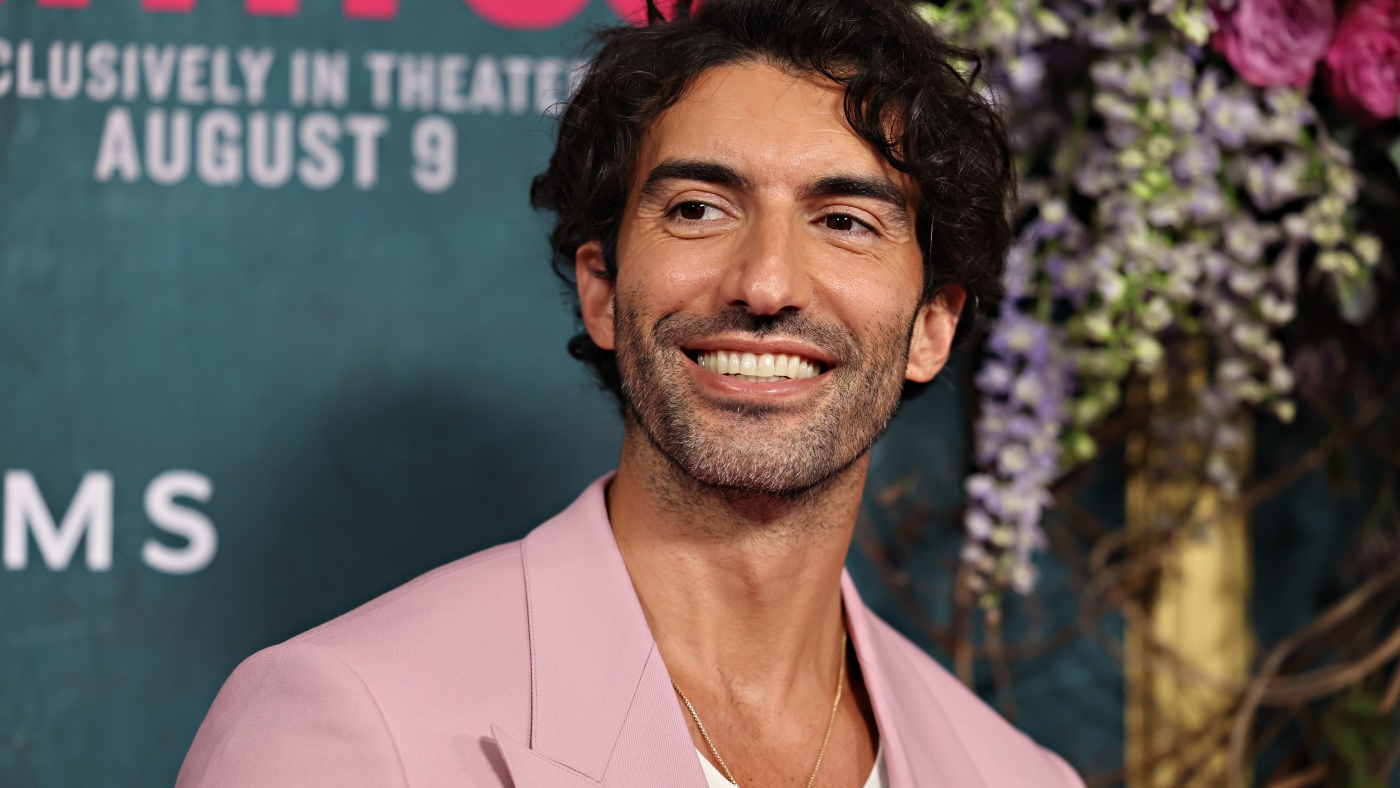Navigating the Legal Storm: The Defamation Battle Among Justin Baldoni, Blake Lively, and Ryan Reynolds
In the dazzling yet tumultuous world of Hollywood, disputes often extend beyond glitzy premieres into the courtroom’s unforgiving spotlight. The recent legal clash involving Justin Baldoni, Blake Lively, and Ryan Reynolds exemplifies how high-profile personalities wrestle not only with personal grievances but also with powerful legal mechanisms. The litigation, saturated with staggering defamation claims and intricate countersuits, offers a vivid case study into the intersection of celebrity, reputation, and law.
The Spark That Ignited a Fierce Legal Battle
The fallout began with a serious allegation: Blake Lively’s sexual harassment claims against co-star and director Justin Baldoni. What might have been an isolated instance escalated rapidly as Baldoni responded with an unprecedented countersuit accusing both Lively and her husband Ryan Reynolds of defamation totaling $400 million. His legal reach extended further, lodging another $250 million defamation suit against *The New York Times*, broadening the conflict into a complex web involving individual reputations and major media institutions.
This escalation underscores the volatility inherent in celebrity disputes where personal accusations are entangled with massive financial stakes. Baldoni’s countersuit not only targeted the initial accusers but implicitly challenged the media’s coverage, which often amplifies reputational damage.
Unpacking the Legal Arguments and Strategies
The core of Baldoni’s countersuit rested on the argument that Lively’s and Reynolds’ statements were false and malicious, directly harming his career and public image. Defamation suits like these require plaintiffs to prove not only falsity but also intent to harm—a heightened standard, especially for public figures.
Meanwhile, Lively’s original sexual harassment suit situated the dispute firmly within the broader #MeToo movement context, raising questions about workplace conduct and power imbalances in Hollywood. Ryan Reynolds’ involvement in the countersuit highlighted the personal-professional overlap often seen in the entertainment industry, where individual actions ripple through wider social networks and business relationships.
A Judicial Verdict Reinforces Legal Protections for Speech
The courts dealt a significant blow to Baldoni’s claims by dismissing the $400 million countersuit against Lively and Reynolds, alongside the parallel suit against *The New York Times*. The judge’s ruling not only emphasized the legal protection surrounding sexual harassment allegations—viewing Lively’s statements as shielded free speech—but also reaffirmed the judiciary’s cautious stance toward defamation claims against media giants, which require substantial proof of malice or reckless disregard for truth.
This dismissal echoes the ongoing tension between protecting individuals’ reputations and upholding robust freedoms of expression, particularly when societal concerns such as harassment allegations are involved.
The Fallout for the Individuals and Industry
For Justin Baldoni, the dismissal represented a profound setback, both legally and reputationally. Such high-profile defeats can carry enduring consequences, from financial losses due to legal costs to lasting impacts on career opportunities. Conversely, Lively and Reynolds gained a form of vindication, reinforcing their right to speak on matters of personal and public concern without fear of debilitating legal retaliation.
The case serves as a cautionary tale within the entertainment sphere, illustrating how personal disputes can cascade into public legal battles that may influence industry dynamics, future collaborations, and the cautious navigation of interpersonal conflicts amidst constant public scrutiny.
Illuminating Broader Hollywood Litigation Trends
Several significant themes emerge from the case, shedding light on the distinctive nature of legal conflicts in Hollywood:
– The Spotlight of Public and Media Attention: Every twist of the legal saga feeds intense media interest, shaping public perception well before verdicts are reached, often intensifying reputational risks.
– The Weight of Monumental Financial Claims: The eye-watering sums involved illuminate how reputation directly translates into financial and career capital, prompting aggressive legal strategies on all sides.
– Balancing Free Speech and Defamation Law: Courts tread carefully to preserve critical speech rights while still allowing recourse against genuinely false and damaging statements—a balance that becomes even more delicate when allegations touch on sensitive societal issues.
– Interpersonal Relationships Under Strain: This litigation exemplifies how personal conflicts within closely knit professional communities can provoke legal battles that ripple outward, affecting not just those involved but wider industry networks.
Reflecting on a Legal Dispute That Echoes Beyond the Courtroom
Though the legal curtains have fallen on this dramatic conflict with the dismissal of Baldoni’s monumental countersuit, its impact continues to resonate. The case highlights the nuanced dance between reputation, speech, and justice, particularly under the harsh lens of celebrity culture. Beyond mere procedural outcomes, it encourages ongoing dialogue about how serious personal allegations are handled within public and legal domains, and how those processes influence careers and collective consciousness alike.
Ultimately, this legal saga serves as a poignant reminder that amidst Hollywood’s glamour lies a complex legal battleground where the stakes—both personal and professional—run extraordinarily high. It is a scenario where law and life intertwine, amplifying how justice and public narrative mold the modern entertainment landscape.

